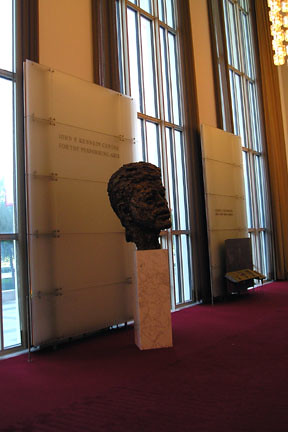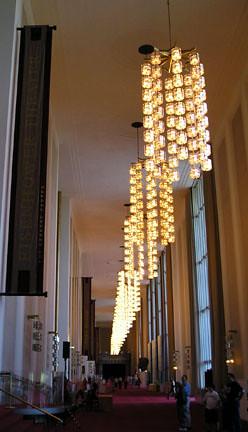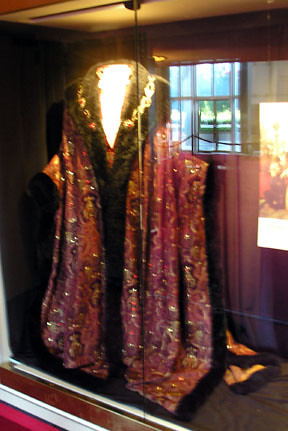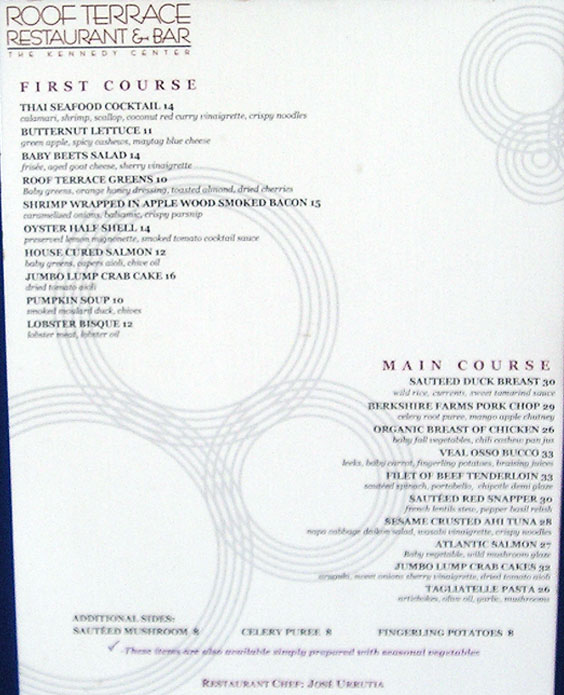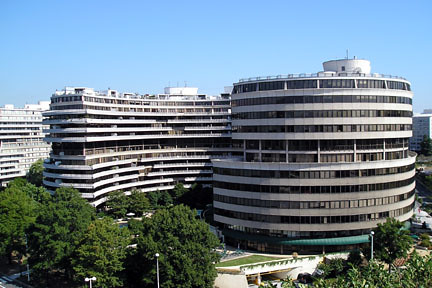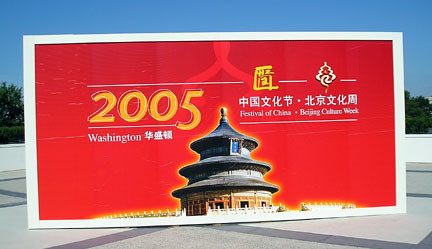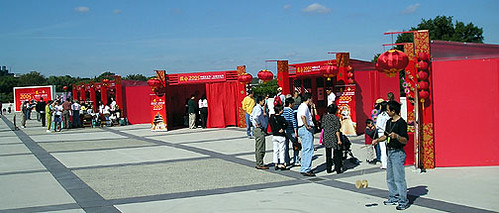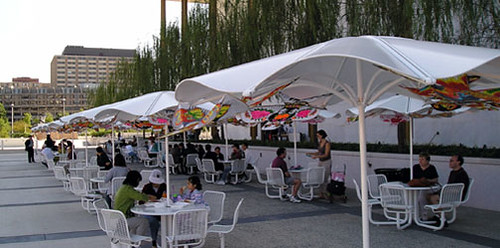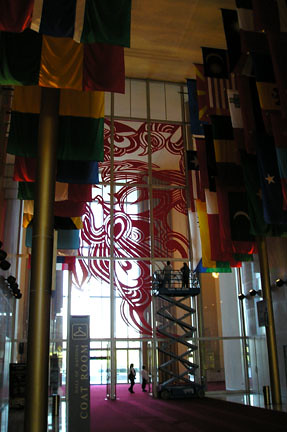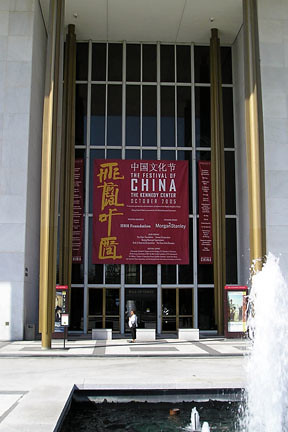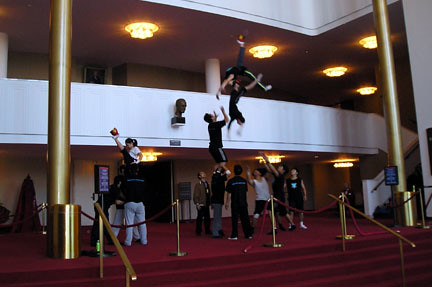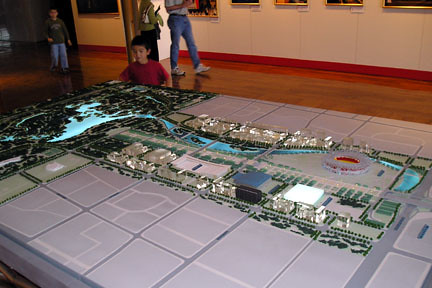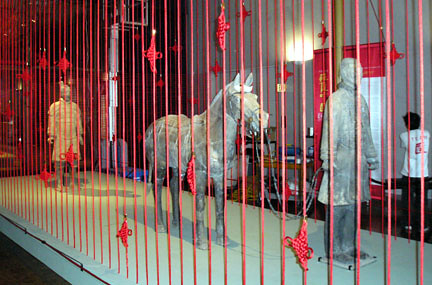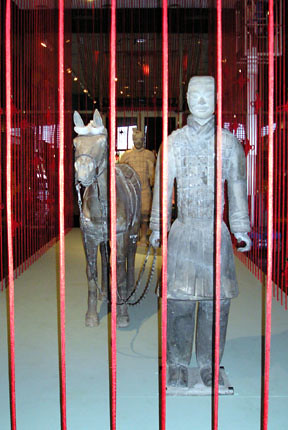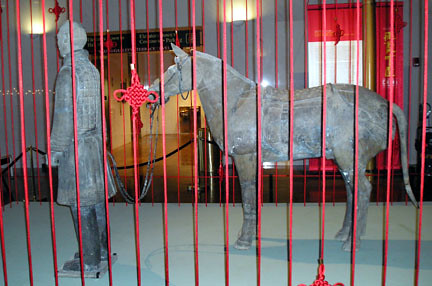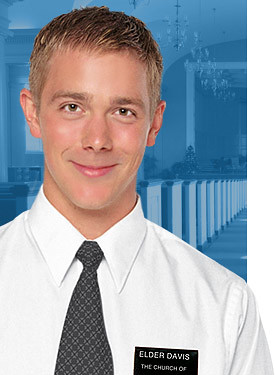
Steve Sandvoss as Elder Aaron Davis
I hate movies that make me cry.
Ordinarily, I'm not a sentimental person. In fact, I can be very cold, calculating, and callous when appropriate. Deaths don't bother me, and I used to make lots of money singing at funerals, many of which had mourners bawling their eyes out. So, I was dismayed this afternoon when I watched a DVD of the 2004 movie Latter Days and found myself sobbing and in tears by the end of the movie.
What's worse, when I watched the music video of the song from the movie "3 a.m.," I started crying again!
New actor Steve Sandvoss stars as Elder Aaron Davis, a young Mormon doing his church mission with three other homophobic missionaries in Los Angeles, including Ryder, played by Joseph Gordon-Levitt of Third Rock fame. They end up in an apartment living next to Christian, a hot gay waiter and party boy played by former Guiding Light actor Wes Ramsey, and his roommate Julie, played by model/singer Rebekah Jordan. Once Julie discovers their new neighbors are missionaries, she and their restaurant colleagues make a bet with Christian that he can't have sex with one of the Mormon boys.
As luck would have it, Aaron is already struggling with his homosexual urges and his commitments to his church, so it doesn't take long for Christian to make inroads. Aaron resists his devils, though, and challenges Christian about his promiscuous lifestyle, asking if any of his love making has any meaning whatsoever, or if it's just as casual as shaking hands. Problems ensue when Aaron is discovered, sent home in disgrace, and excommunicated from his church (a very big deal in Mormon country!). Christian has to deal with the consequences of his bet and his actions ruining Aaron's life, only to realize that he fell in love with Aaron.
Aaron's struggle reconciling his homosexuality with his church and his family was heartwrenching. The more he looked at Christian, the more he turned to his Bible and his Book of Mormon, and he was certainly the most serious and the most committed of his group of missionaries. He typified the struggles that gay Christians of all denominations have when they discover their sexuality and find themselves in direct conflict with their religion.
Jacquelyn Bissett served as the matriarch of the film, acting as proprietress and mother confessor at the restaurant where Christian and Julie work. Actor Eric Palladino (E.R., Over There) had a small but powerful role as Keith, an AIDS patient Christian delivered lunches to and visited.
Now, I have to say that casting Steve Sandvoss as Aaron was a stroke of genius. That boy is tall, handsome, blond, cute, soft-spoken, thoughtful, and looked very much the freshly-scrubbed Mormon boy. He was breathtaking. When he smiled, my heart just melted! His voice was so gentle, so full of love. How could a family or a church reject a boy like that?
I happen to be a Christian, too, but I've been blessed by being Episcopalian my whole life, where gays are tolerated and accepted by most ministers and members. At the same time, I've had gay friends from other denominations who've been kicked out of their homes, excommunicated, shunned, forced to endure exorcisms, sent to clinics to be "cured," and other atrocities, all in the name of a religion that has as its primary tenant "Love." If they reject a person God made gay, how is that loving God with their whole heart and soul? If they persecute someone for being gay, how is that loving their neighbor like themselves? It just makes me so very, very sad.
While officially categorized as a "gay movie, Latter Days could equally be grouped with Christian movies or love stories. It's certainly one of the finest "gay" movies I've ever watched, and I highly recommend it to all gays, Mormons (and all Christians), and their families and friends. There are some sex scenes which are quite romantic and hot, but tamer than what one might see on a Queer as Folk episode, so keep that in mind when you are showing it to family members. This is a movie that needs to be seen, and needs to be made available to older Christian teenagers who may be struggling with their sexuality and their faith.
And be sure to bring a big box of Kleenex.
